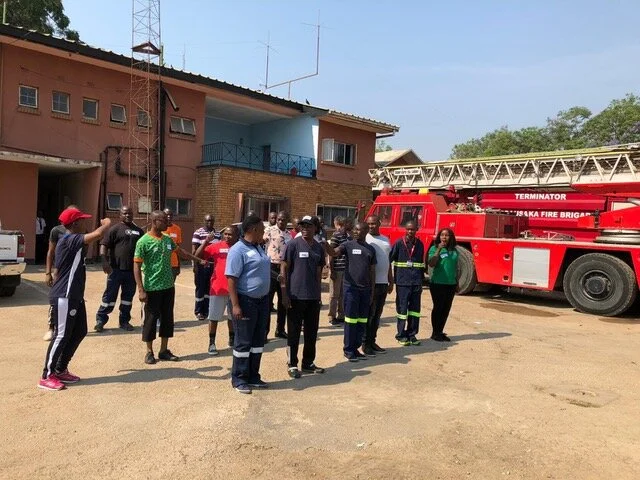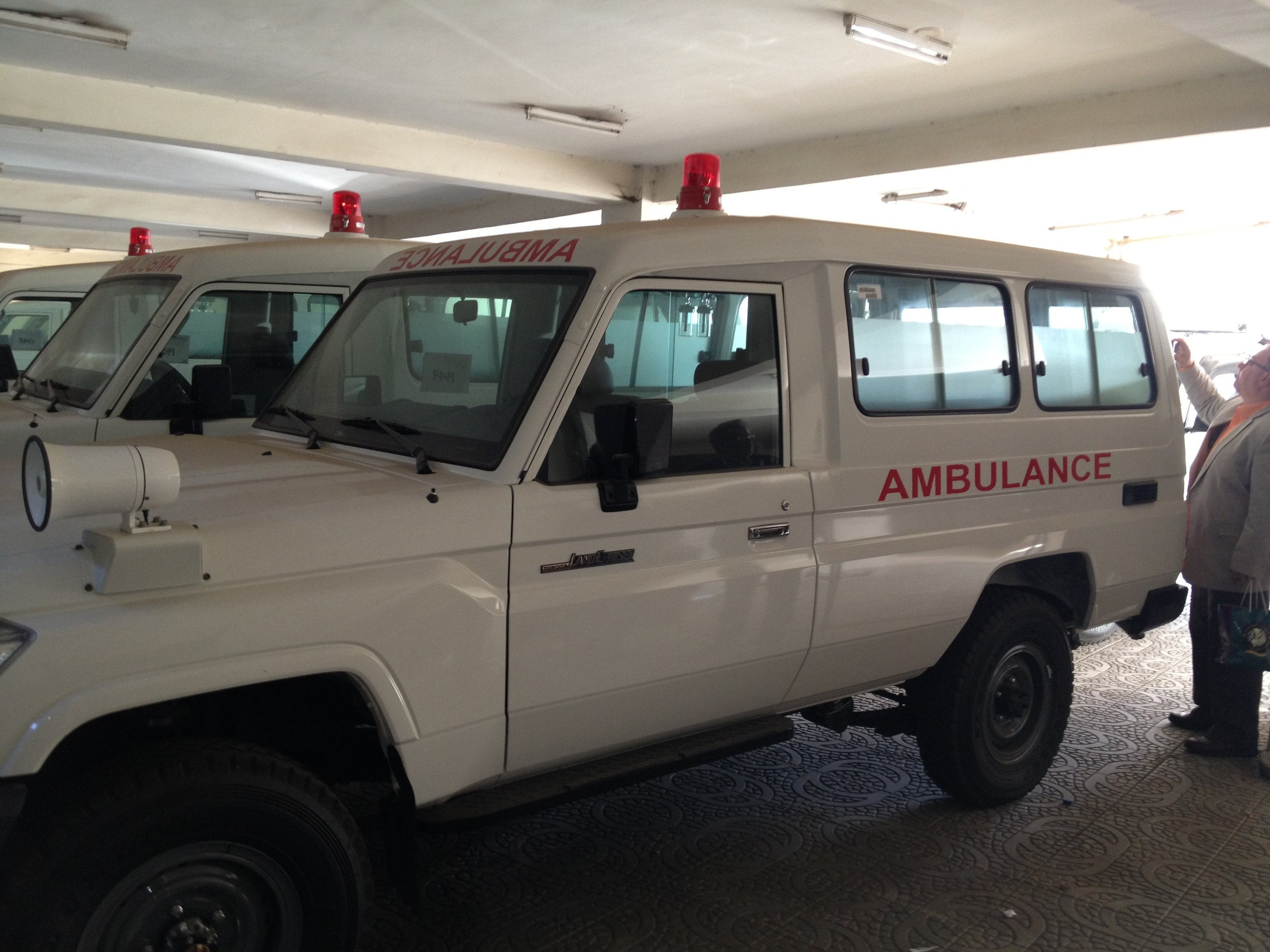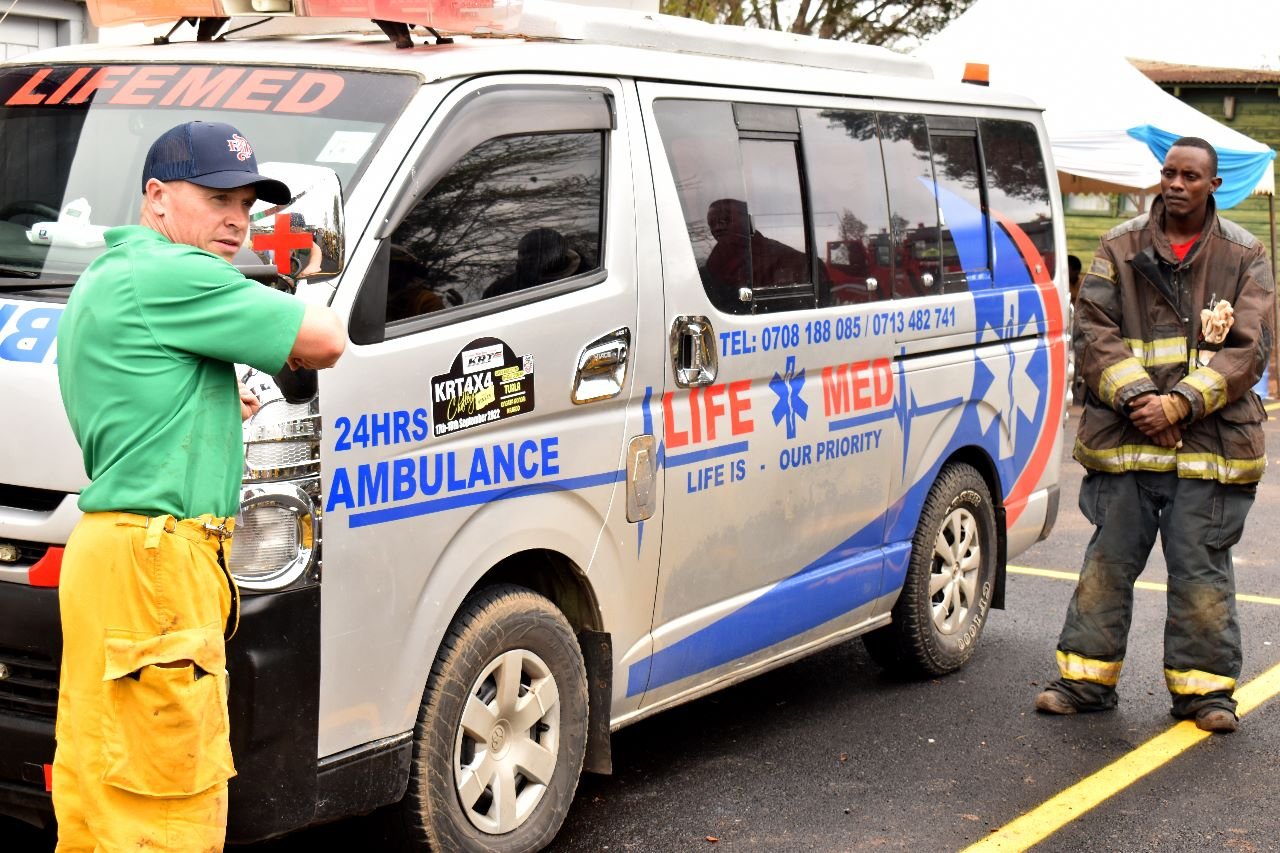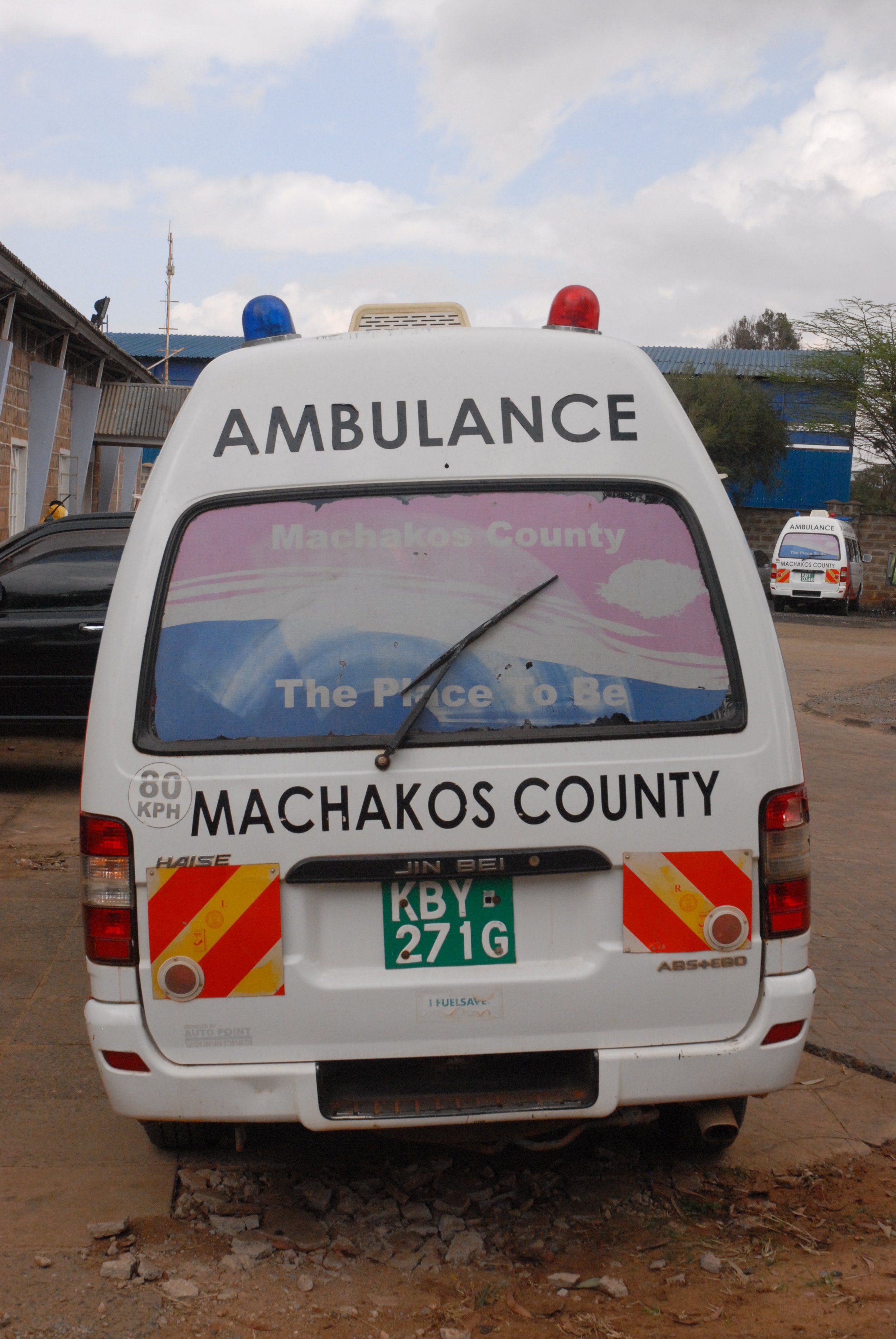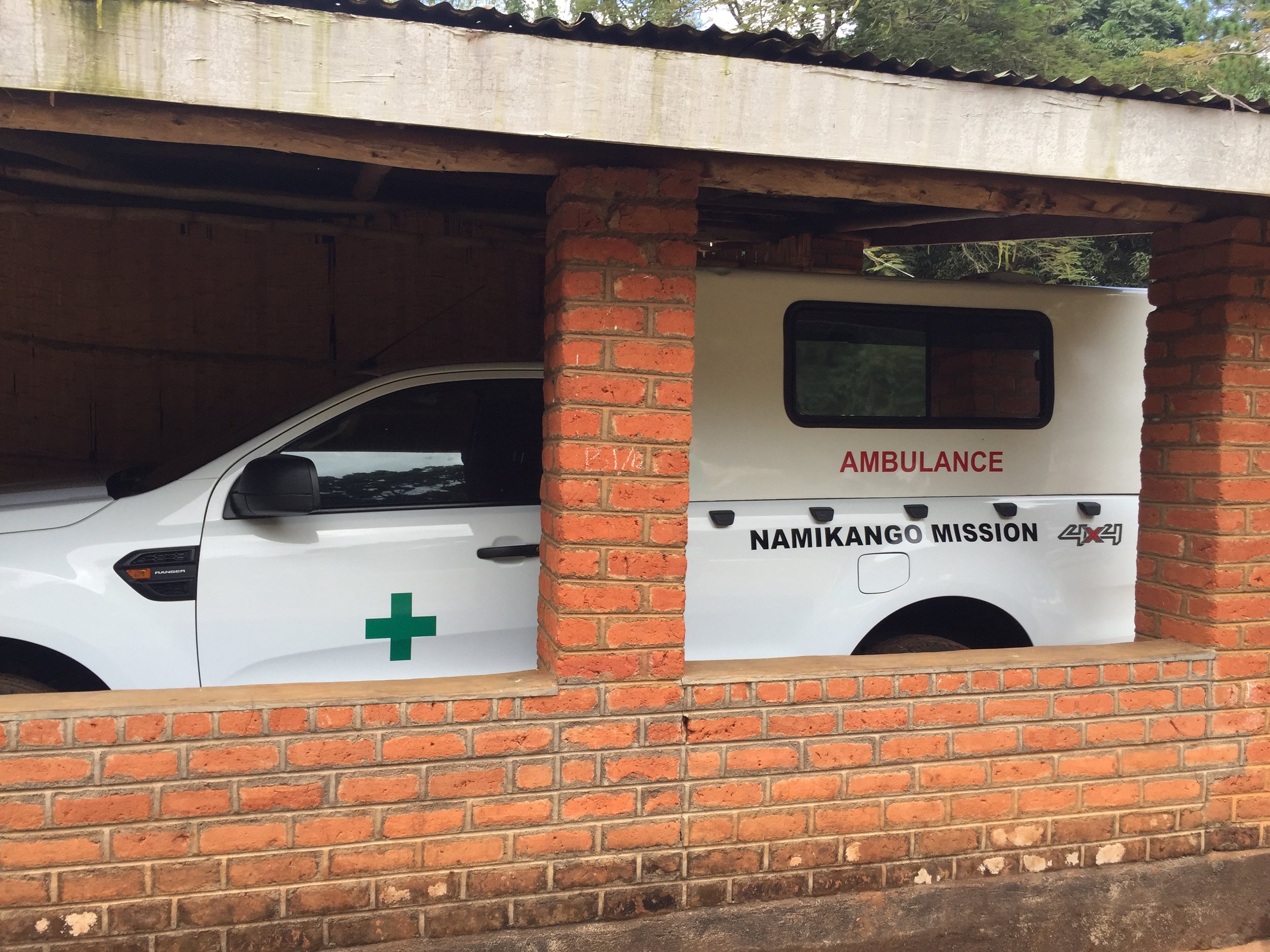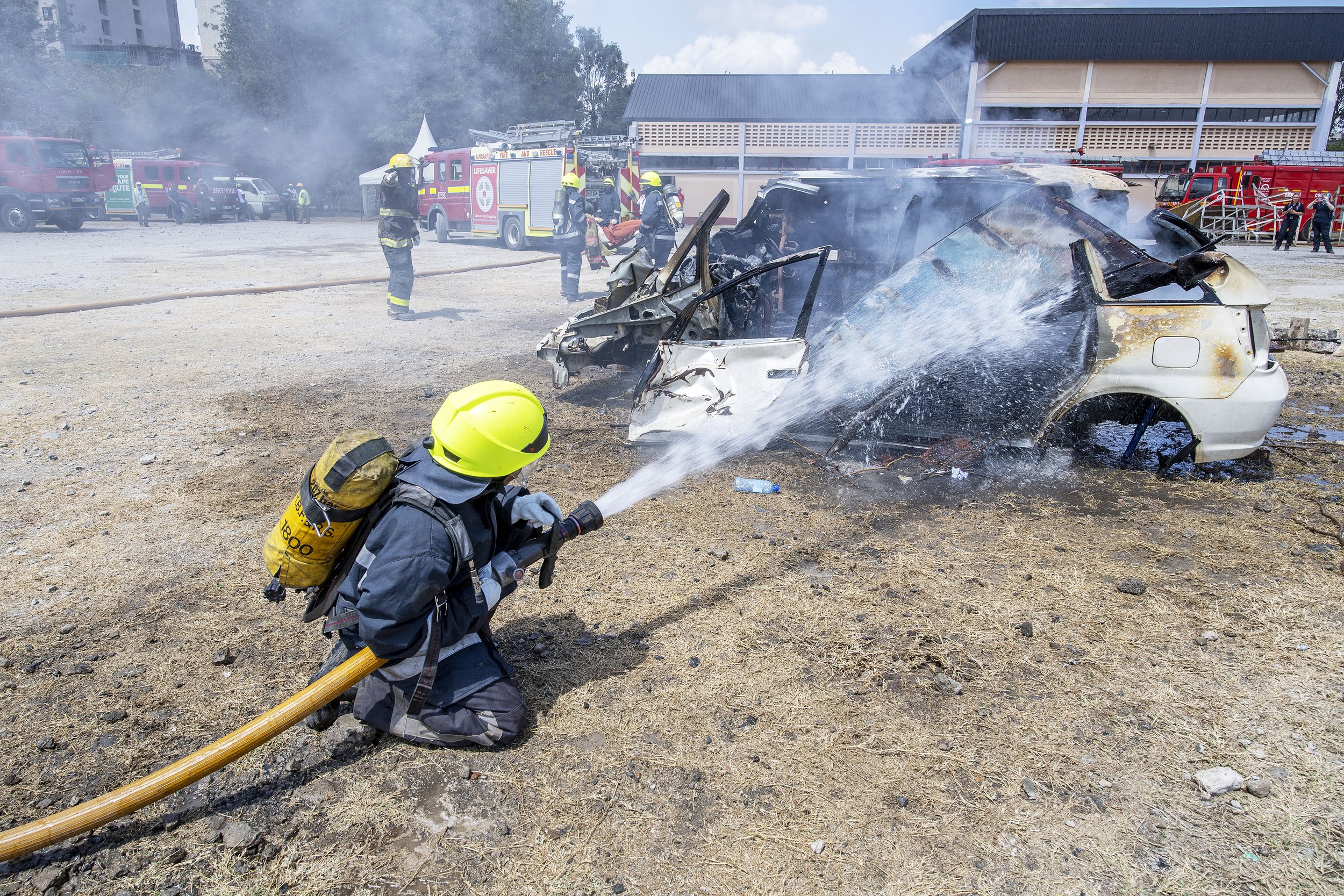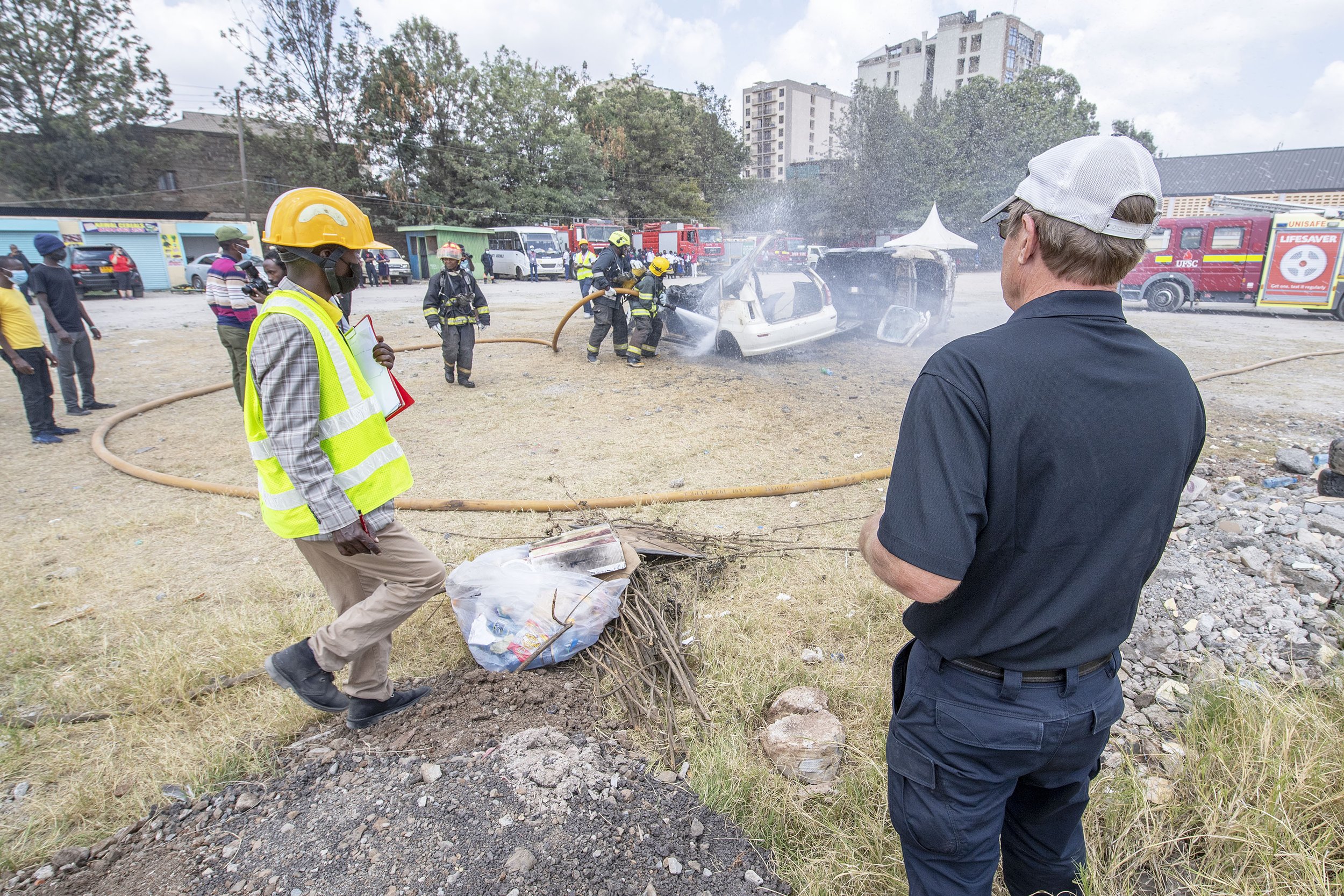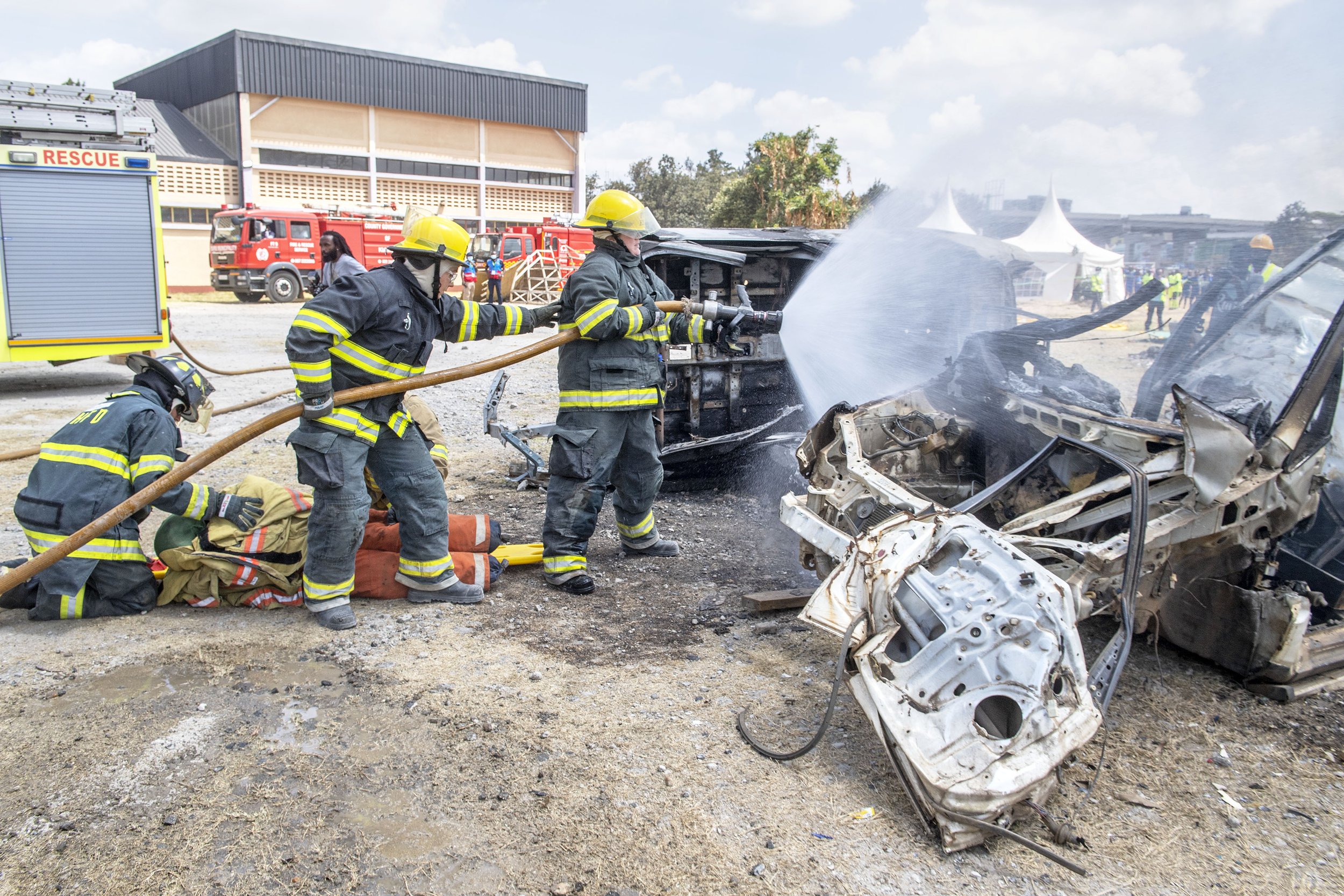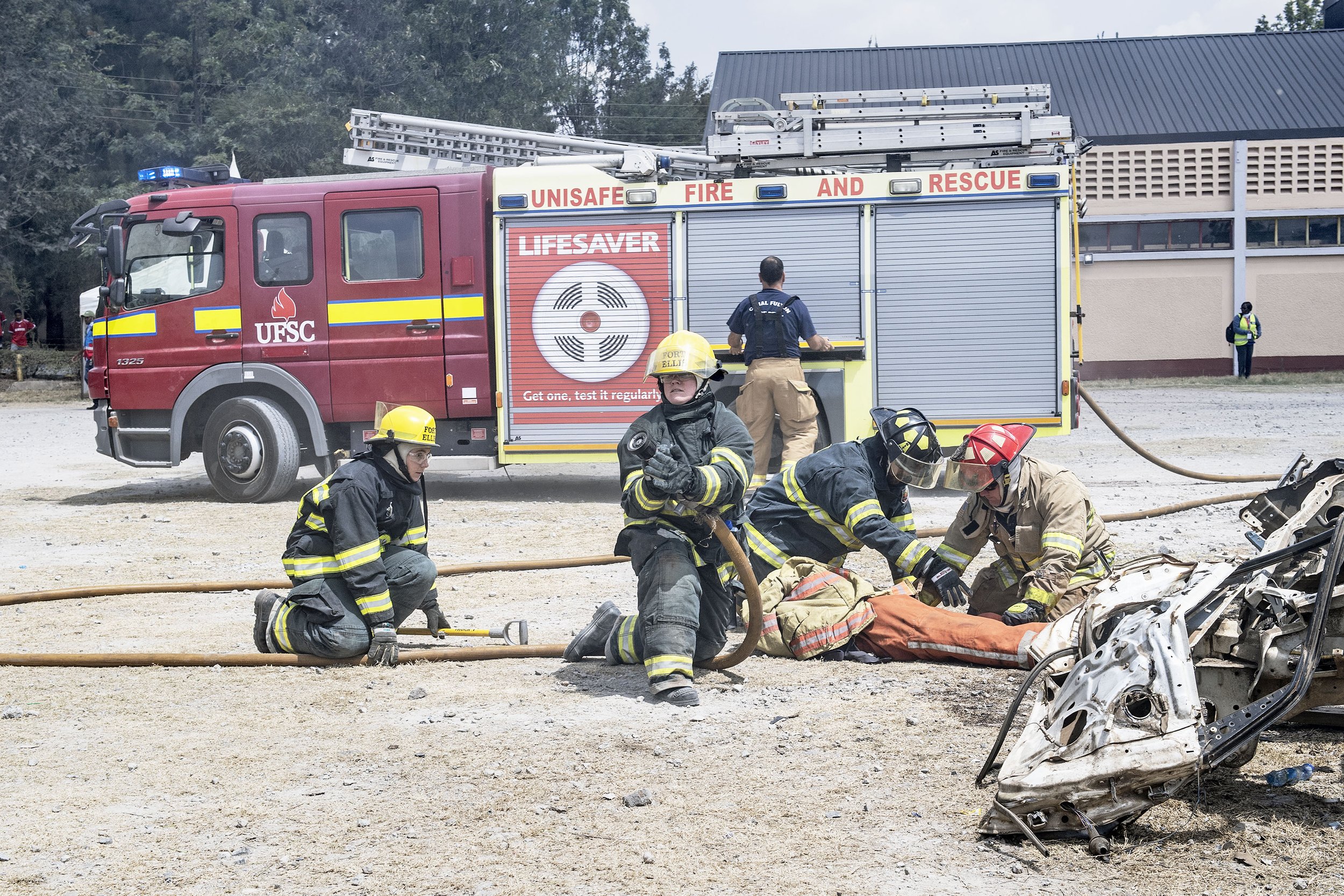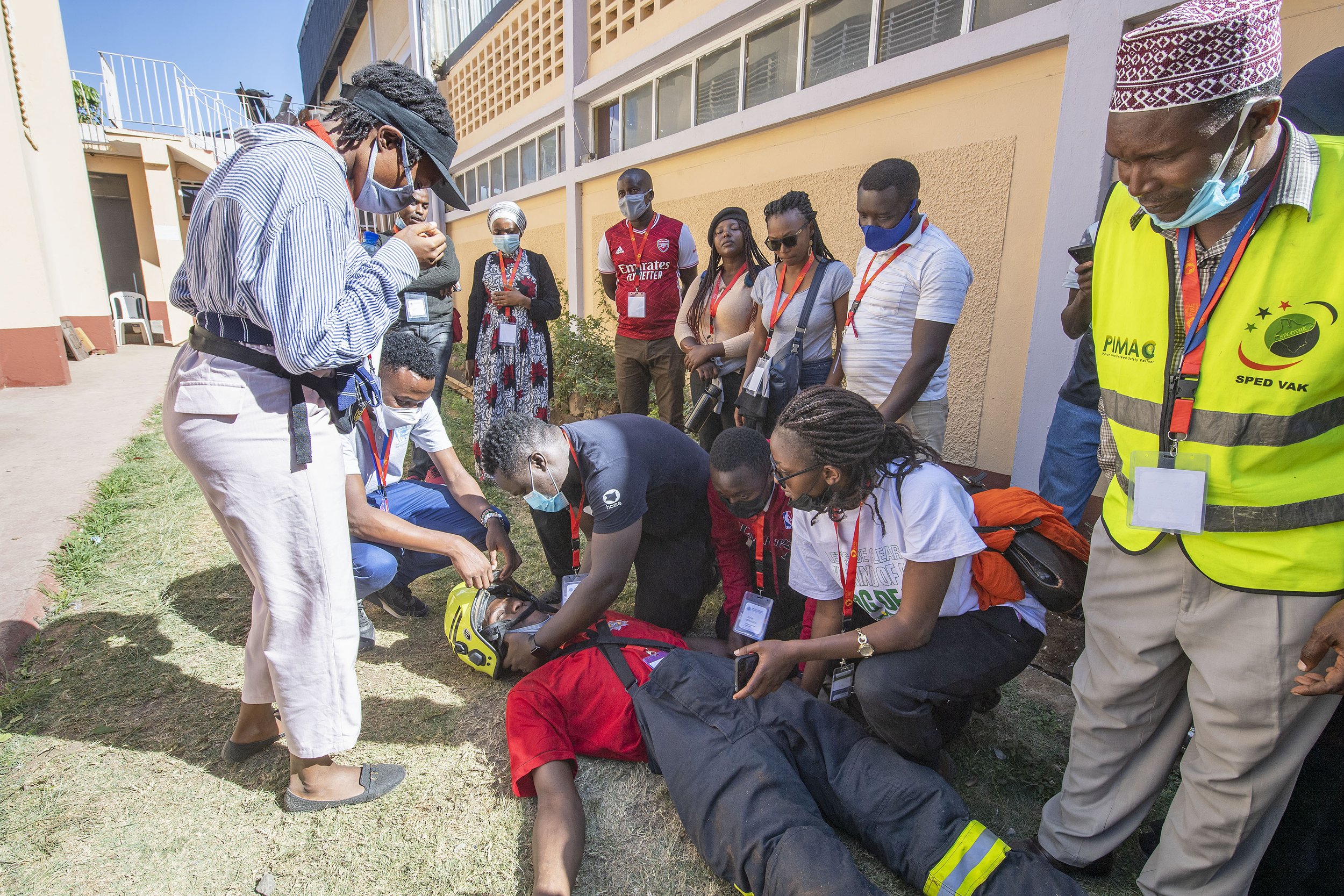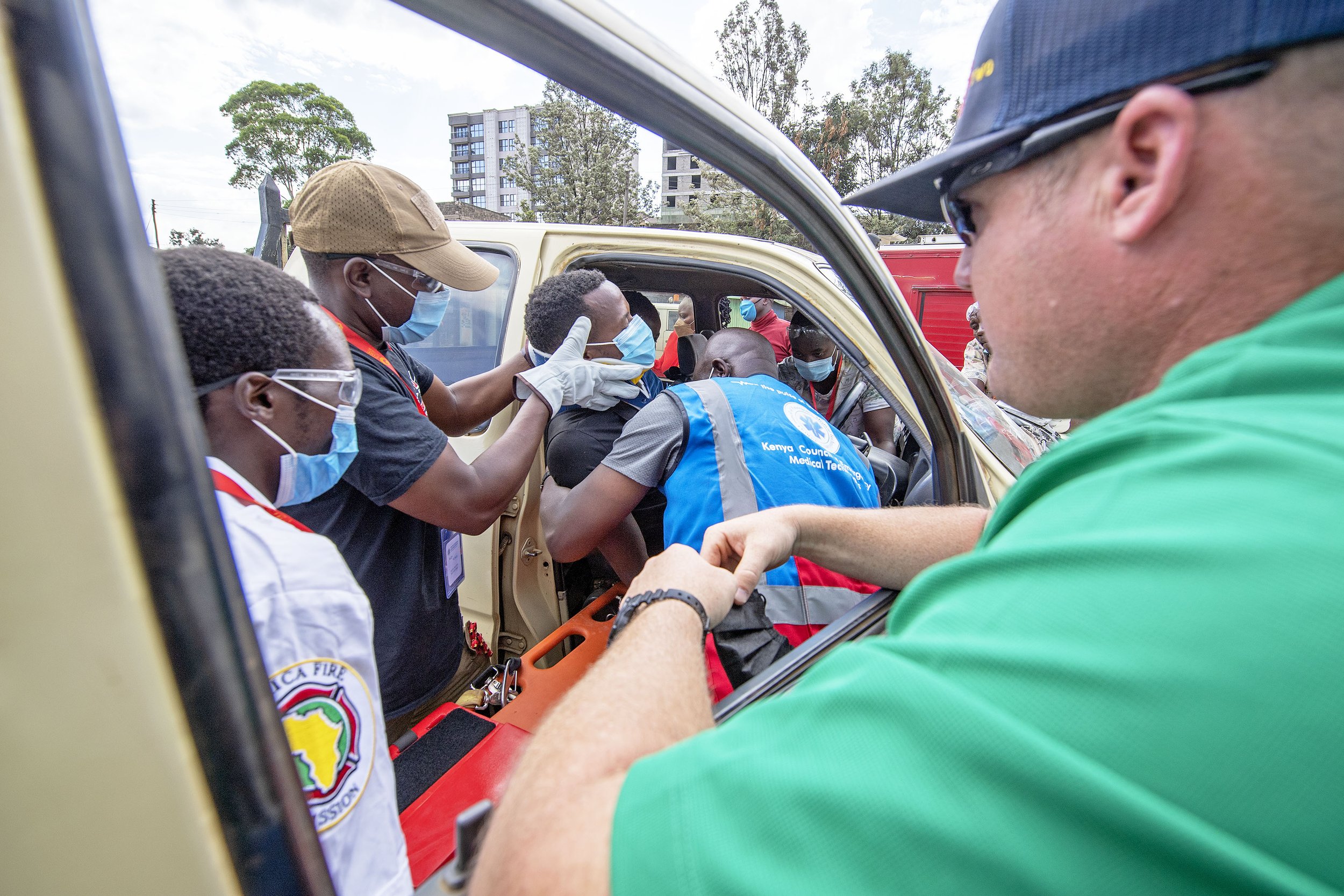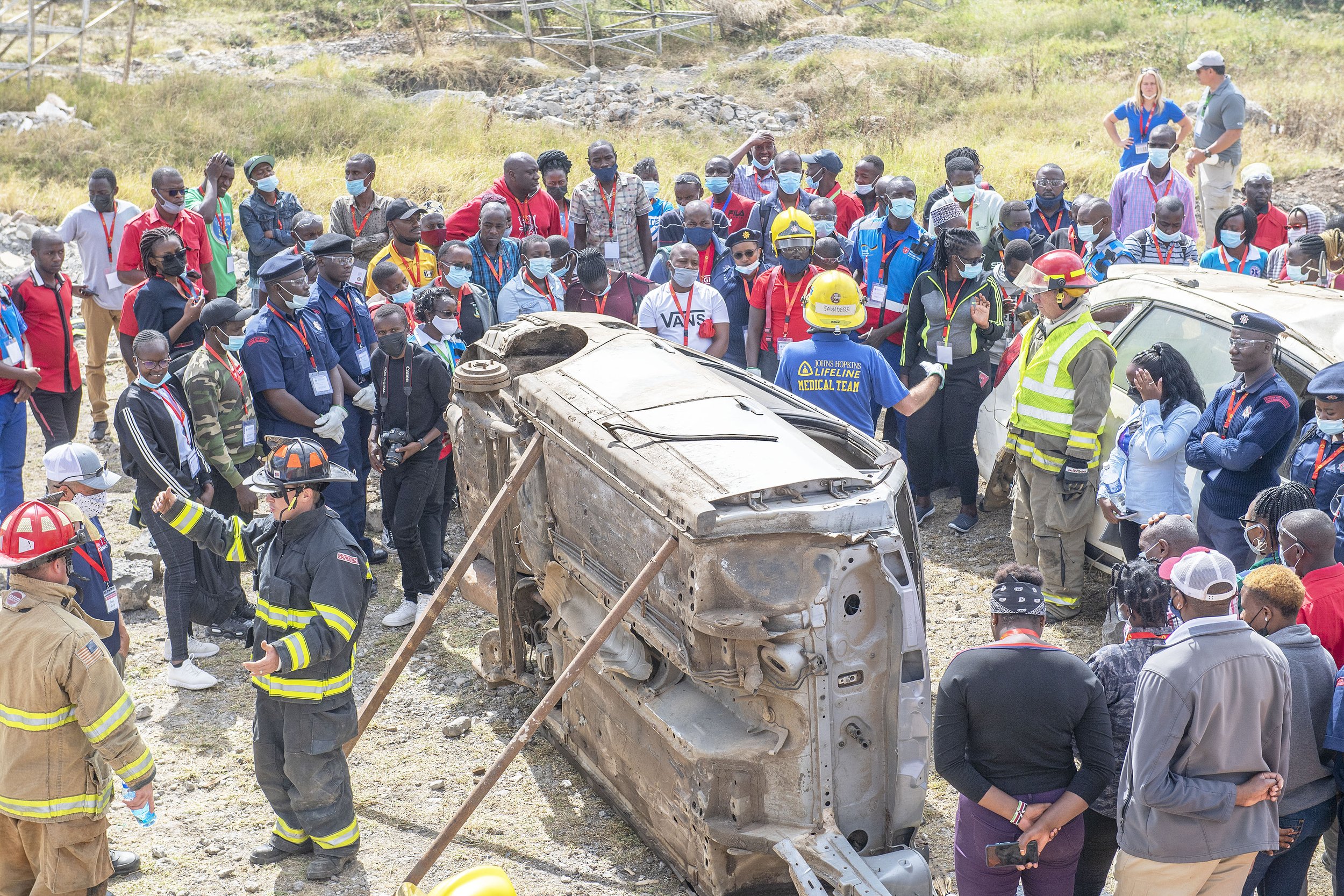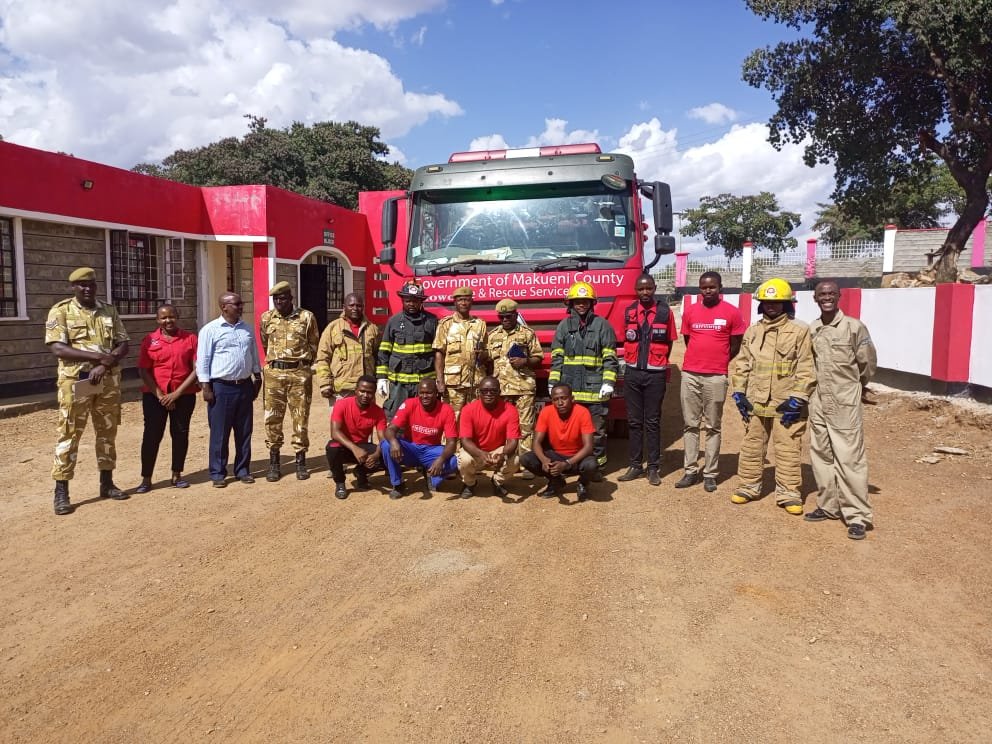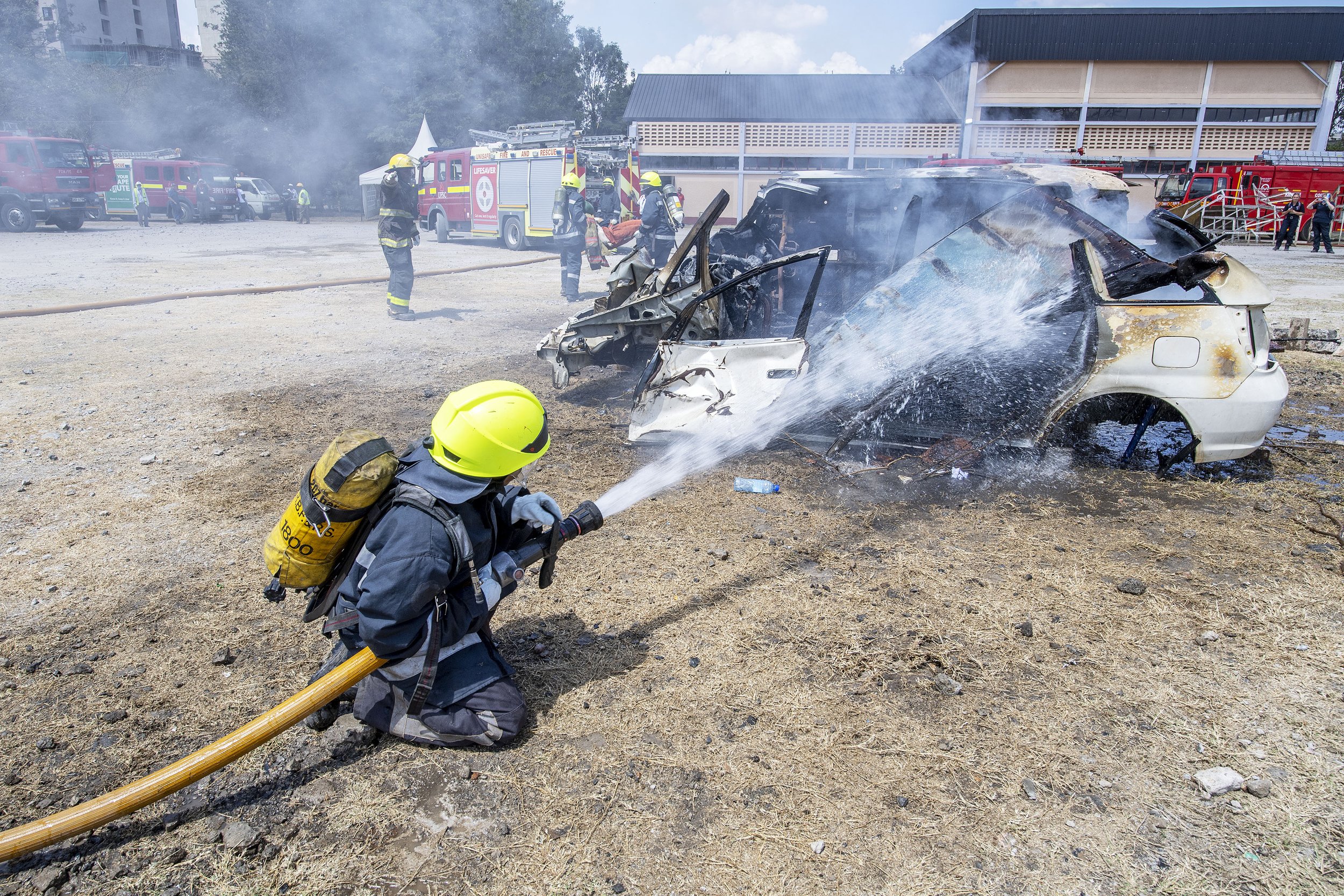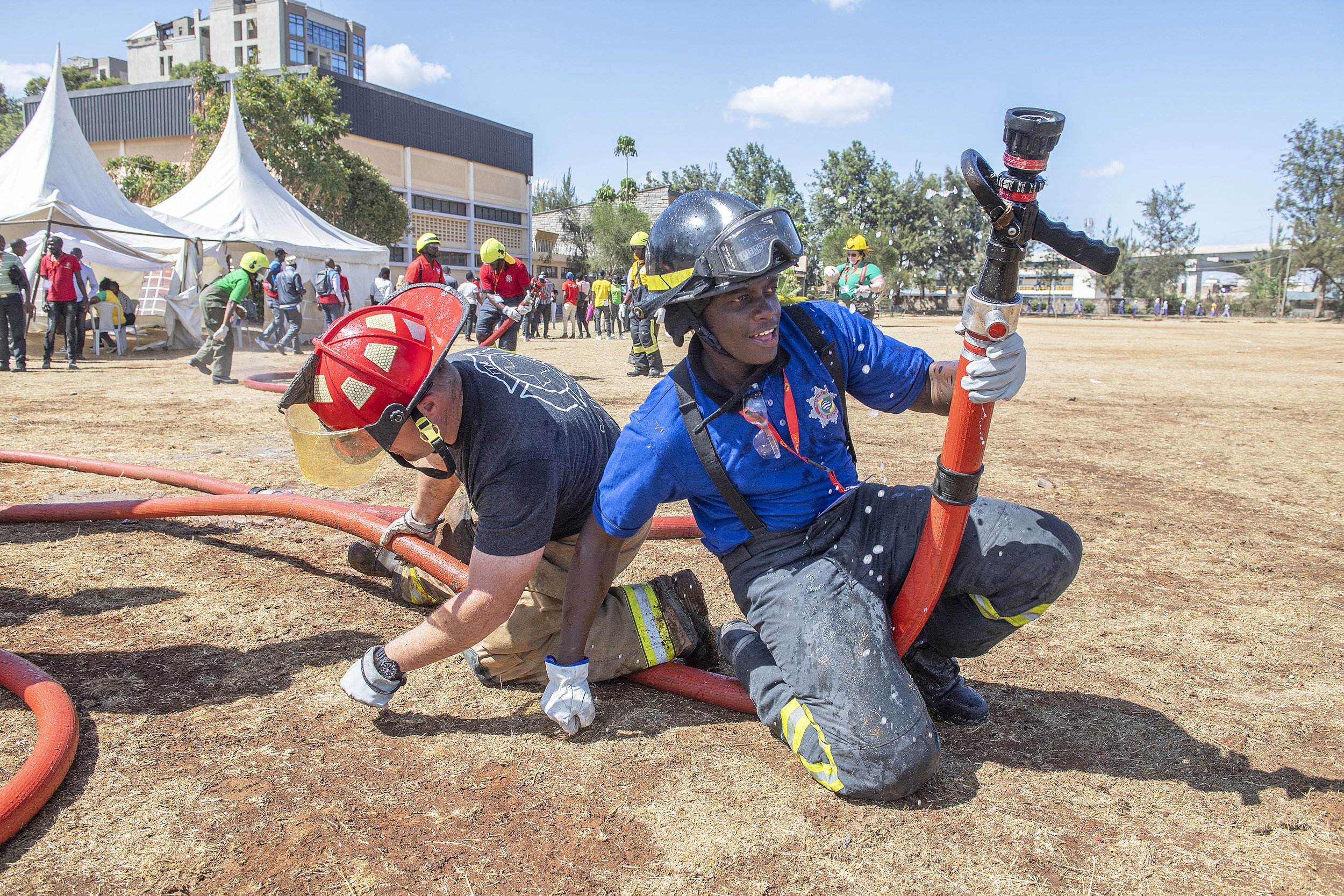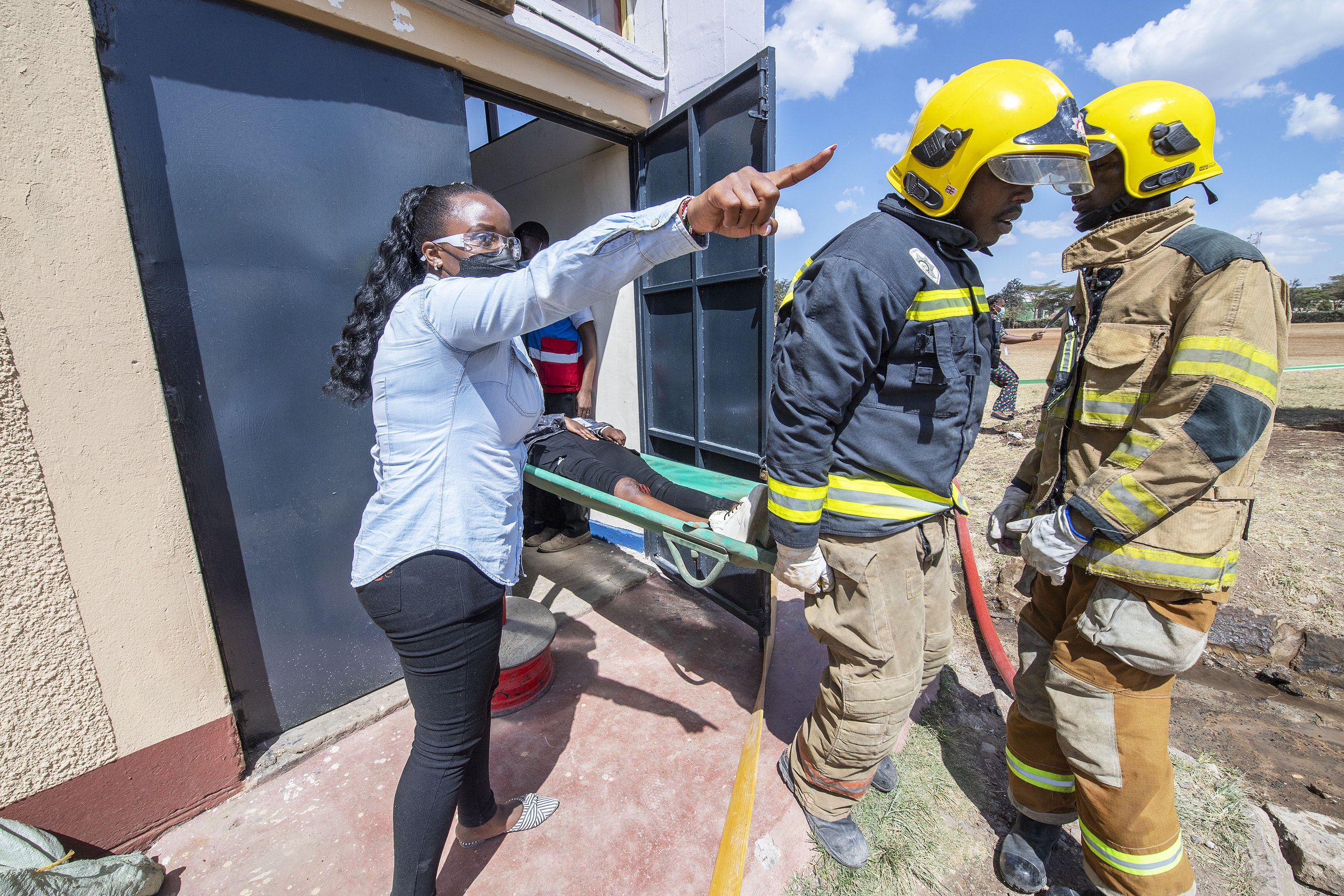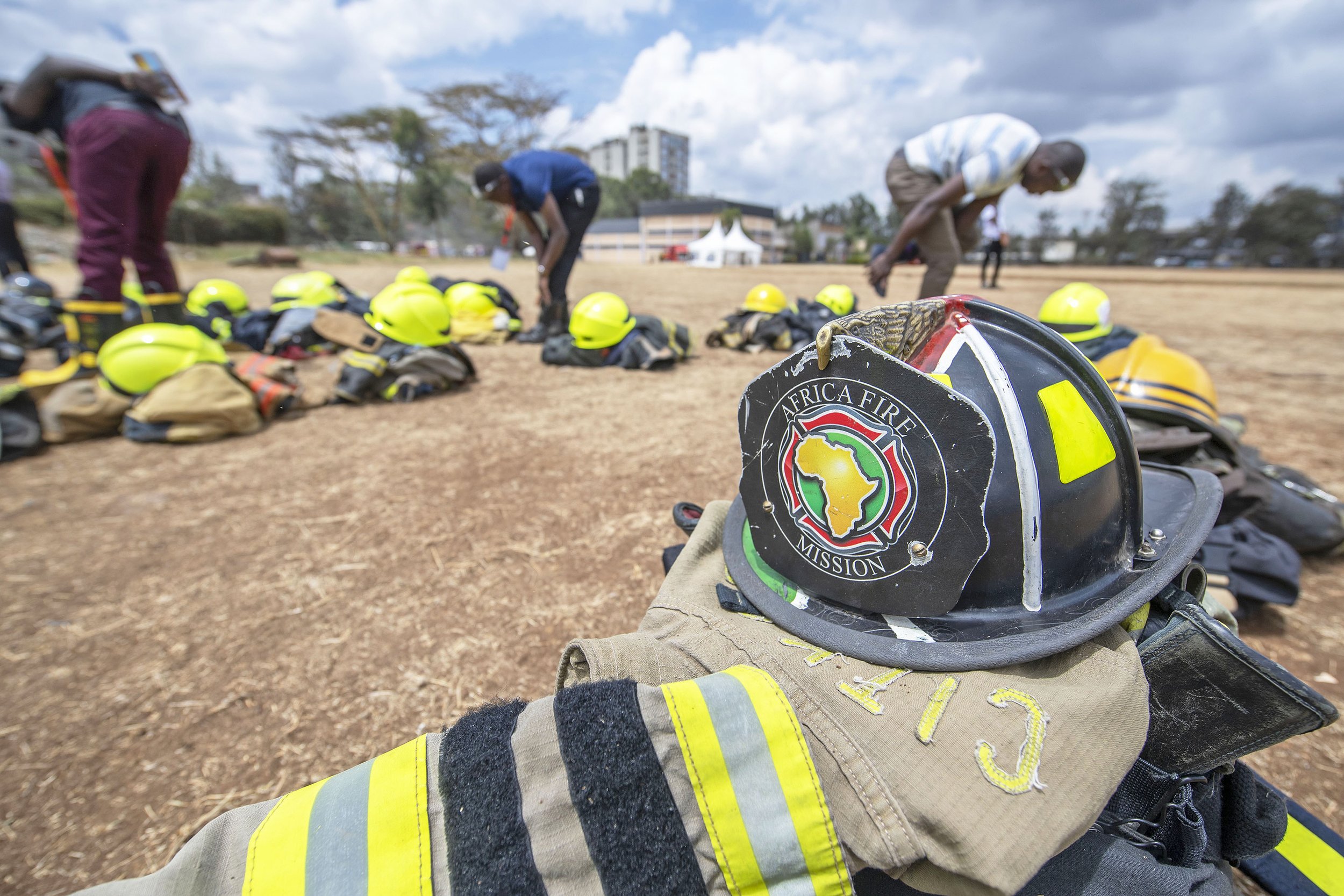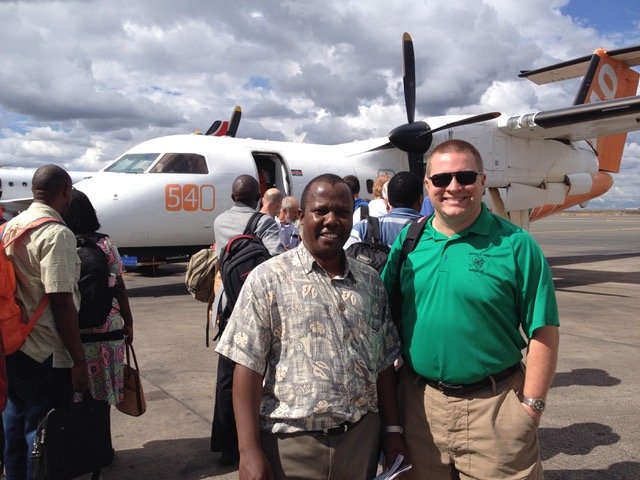Gas cylinder care is a vital topic in communities that rely on these devices for cooking or other purposes. AFM’s staff team in Kenya, including Fire Safety Officer José Ngunjiri and Fire Safety Advocate Errol Sianga, regularly perform gas cylinder safety lessons in local communities. Now, you can access an official, professional recording of this training on our YouTube page! Whether you are a community member that relies on gas cylinders or you are a fire prevention instructor looking to further your understanding on the topic, please access the video below and watch the full lesson to help prevent deadly fires or explosions from gas cylinders.
Gas Cylinder Care Tips
Before using a gas cylinder, there are two steps you should always keep in mind:
Check the quality of your regulator. It needs to as clean as possible.
Take time connecting the regulator. Check to see if it is leaking or if there is any visible damage.
If a gas cylinder catches fire and starts to get out of control, remember to never throw your gas cylinder under any circumstances. If there is a fire that is starting to get out of control, take a solid, empty bucket and place it on top of the cylinder to create a vacuum, cutting off the air to the fire. Count slowly to five, then carefully remove the bucket away from you and turn off the cylinder. You can also drape a wet blanket and wrap the fire and cylinder completely. Again, count to five, then open it away from you and turn off the cylinder.
Kindly share this post and the video training with your communities to spread awareness on gas cylinder care.

